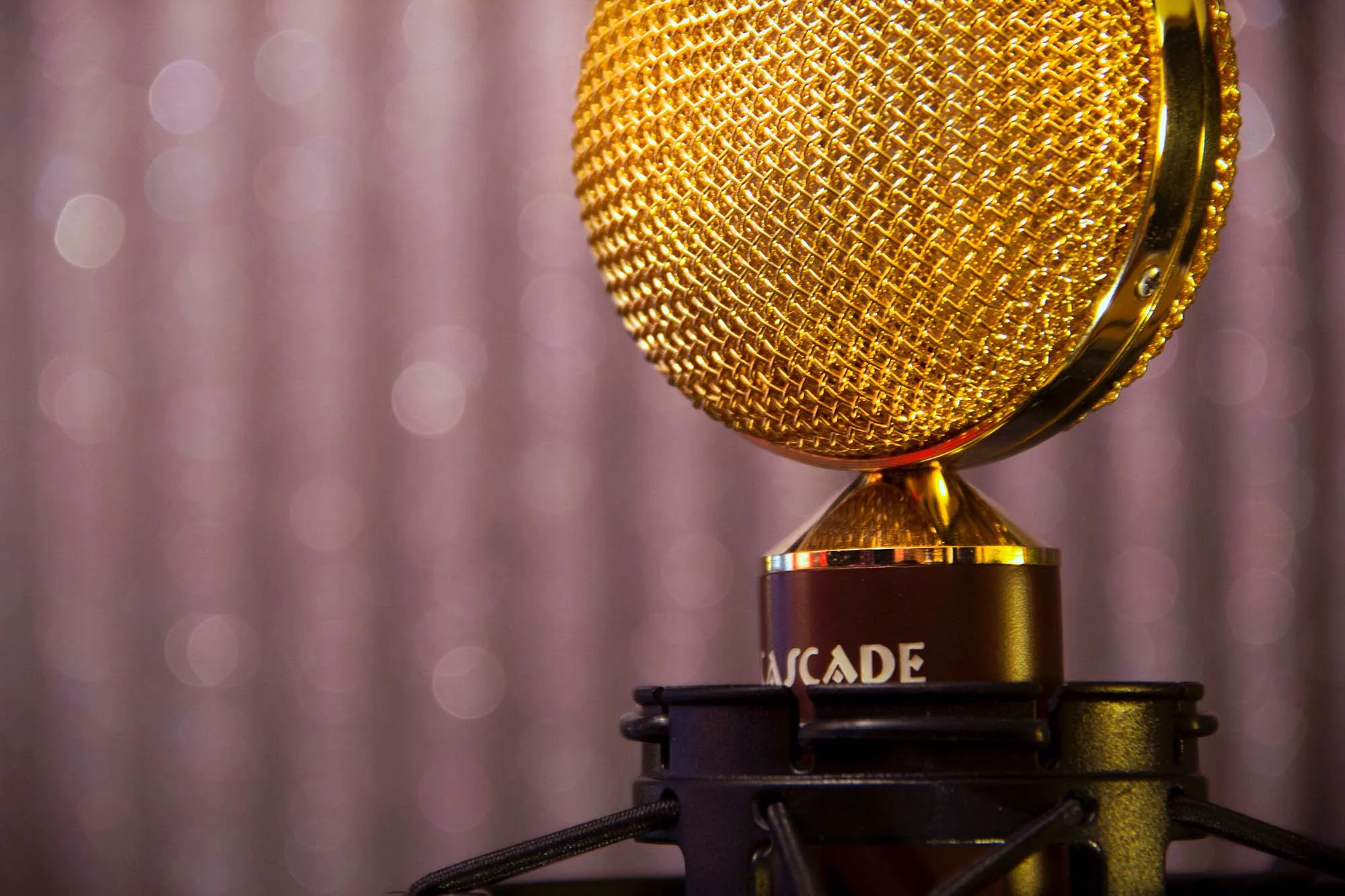on the list of basic, got-to-have-it gear for anyone wanting to make great recordings, is a well treated room. (or in my case, a live room and a control room!) it’s the single best bang for your buck thing you can do to improve your recordings by making the source sound better in the first place. i built my own broadband absorbers and diffusion panels, they came out great so i want to share what i did, what was good, and what could have been better.
most small rooms need absorbtion more than anything and that’s mostly what i did as well. i researched quite a bit around the web for the best materials and methods. i found a design for a wood framed fiberglass pannel that i made my own simplified version of. the idea was to make the frame with another frame inside it, holding the chunk of insulation suspended with an air gap behind it.
but i like to tinker and modify things so i saw a way to simplify the construction while still getting great results! here’s what i did:
my research found that rockwool is just as effective as owens corning 703 at absorbing sound and it’s cheaper! the downside is it isn’t quite as easy to handle because it’s softer and tears if you’re not careful. i had a good source for this stuff, in a friend who is a home builder. it came in 4’ by 16” panels (3” thick) that’s because it’s used inside walls during construction for more sound resistant walls. i got 2 bails of it, 24 pieces, for just $100. i made simple frames from 1x2 pine board to the same dimensions as the insulation and stretched fabric across them like a canvas. the piece of insulation sits on this “canvas” and another piece of fabric is wrapped over the top and it all get stapled together. the 2” depth of the pine board is all behind the chunk of insulation so when it’s against a wall or ceiling it has that air gap behind it. (this air gap is very important as it increases the effective frequency band of your panels by letting the sound waves pass through partially absorbed, reflect off the wall, and pass through again. it’s like adding free thickness to your panels!) the fabric i chose was black burlap because it’s the cheapest i could get at about $2 a yard. this design will hang on any screw, you can put hooks in them to hang in corners with picture wire, or even mount them right onto ceilings or doors with L brackets and screws as i did in a few places. just make the frame to whatever size and shape your insulation pieces are, it’s quite simple.
i didn’t have the presence of mind to take any in process pictures when i made these panels over a year ago, sorry! if anything needs clarification just ask.
i hung a few of these on the walls and corners of my live room and lots of them are on the walls, ceiling, and corners in my mixing room. very effective, and inexpensive to make. so after recording in my newly treated room a few times i felt like i wanted to liven up my room a little. i was adding high eq to almost everything that was a distant mic. but my room has parallel walls so i can’t just go taking down a few of my absorbers or i’ll get flutter echoes. luckily for me the may/june 2011 issue of TapeOp magazine had an article by Brad Williams about building your own (inexpensive) QRD/BBC diffusors! these are really expensive to buy ready made and the prime number equations for laying out the placement of the blocks is complex. but this article has it all laid out like a paint by number. the plans call for 2x2” wood studs and 18” sheets of plywood the glue them on to. i love a project!
first choose the depth of the panels you want to make. deeper panels are effective down to lower frequencies. i made mine with blocks 4, 3, 2, and 1 inches long for panels that are effective above about 1.7khz but doubling the length of those pieces to 8, 6, 4, and 2 inches will make panels that are effective down to about 850 hz. the different lengths are laid out on the board according to the diagram in the magazine to create the uneven surface and scatter the sound waves as they reflect.
the shallow panels i chose require a little more than 3 eight foot studs to cut into the four different lengths for each diffusor. i made four of them so my material cost was about $75. so cheap compared to what you can buy from acoustic treatment manufacturers! and the results are great looking, effective diffusors.
update!! i found a web version of the instructions for how many pieces you need and where to put them here!
so is this all worth it? in the case of the absorbing panels i think it’s definitely yes! low cost, not too much work and man are they effective. the diffusors on the other hand? well, cutting those studs into the 4, 3, 2, and 1 inch pieces took about 2 hours on a table saw. (if i had a chop saw i could have sped this up a bit) gluing the pieces to the plywood backing took about six hours. and because i used knotty pine studs to save on material cost i decided to paint them black to match my absorbers. they look great and add to the professional esthetic of the studio but i don’t think i can recommend this project to somebody unless you really get a kick out of doing things yourself like i do. this took quite a few of my weekend off-hours when i could have gone to target or something and gotten a big book shelf, filled it with a shopping trip to a used book store for probably a bit less money than what i spent on these materials, and surely way less time. these diffusors are obviously more effective than a book shelf, but how many hours and dollars more effective?
i’m glad i made them, like i said: i love a good project, but i won’t be making any more!
i hope this helps some of you decide what you want to build and how to do it! any questions just ask!
and here are some photos of the the diffusors in process and a picture of them hanging on the wall of my live room next to one of my absorbers in the corner.
home made QRD/BBC diffusor in process
home made QRD/BBC diffusor finished
home made QRD/BBC diffusors and absorber panel hanging

